Shantell Martin: “If life doesn’t give you a door, climb out of a window”
Interview by Ana Carabelea
Best known for her large scale, black-and-white drawings made up of lines that are unmistakable hers, Shantell’s work is often accompanied by text pieces that address and engage their viewer: “Who Are You”, “You Are You”, “Are You You”, or, perhaps my favourite, “If life doesn’t give you a door, climb out of a window.”
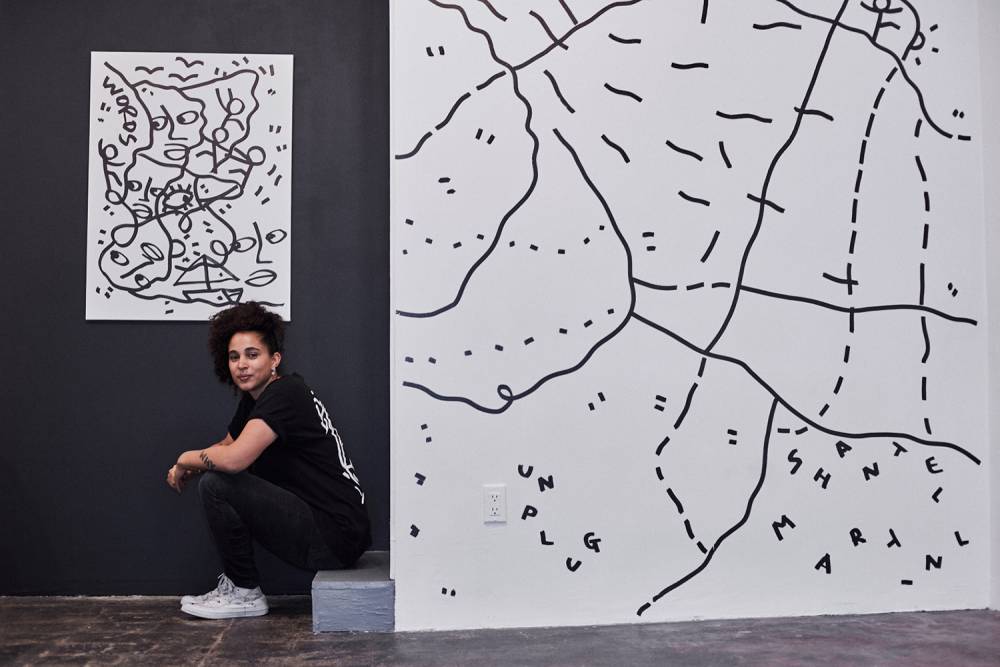
She’s had numerous collaborations with renowned artists and institutions including Kendrick Lamar, the New York City Ballet, Tiffany & Co., Puma, the Albright-Knox Art Gallery, The Museum of the Moving Image, MoMA and luckily, doesn’t stop.
Even during the lockdown, she’s been busy. She is preparing for her upcoming exhibition NEW/NOW at the New Britain Museum of American Art later this year. Her first art book in collaboration with HENI publishing, called LINES, featuring text by Katharine Stout and an interview by Hans Ulrich Obrist, is now also available.
Last week, we had a chat with Shantell Martin about her life and work, past, present and future. She spoke to us about her creative process, the purpose and flow of her work and how the events and places she experiences continuously shape her as an artist.
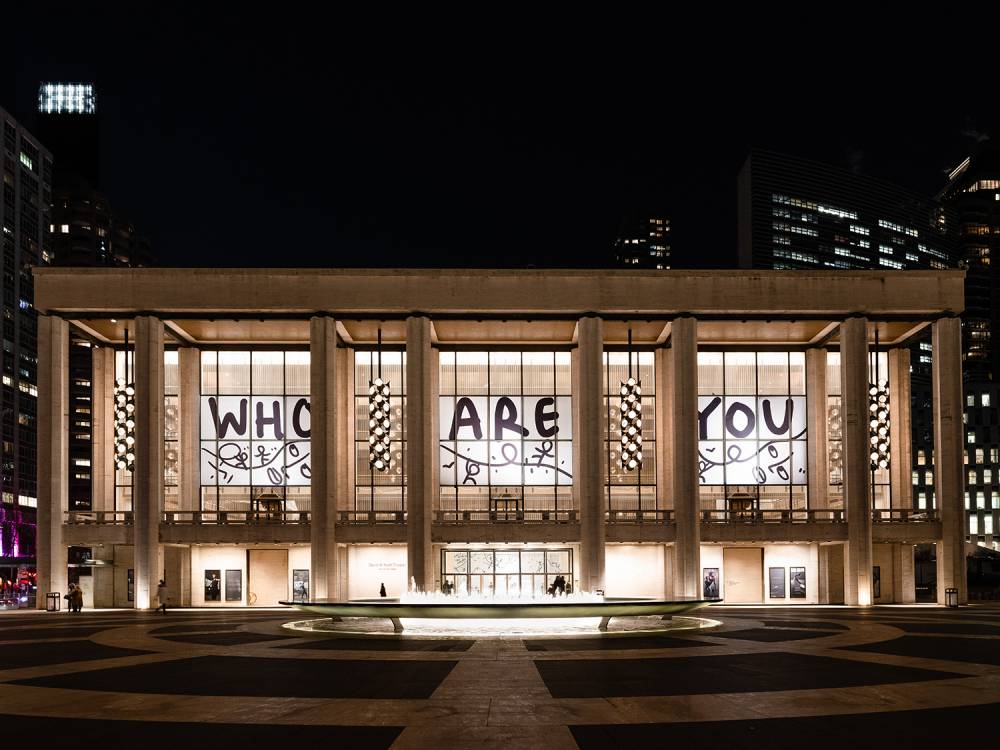
Who are you? Have you found the answer to that question?
Shantell Martin
I’m still learning. It’s a daily process. The answers consistently change or are discovered.

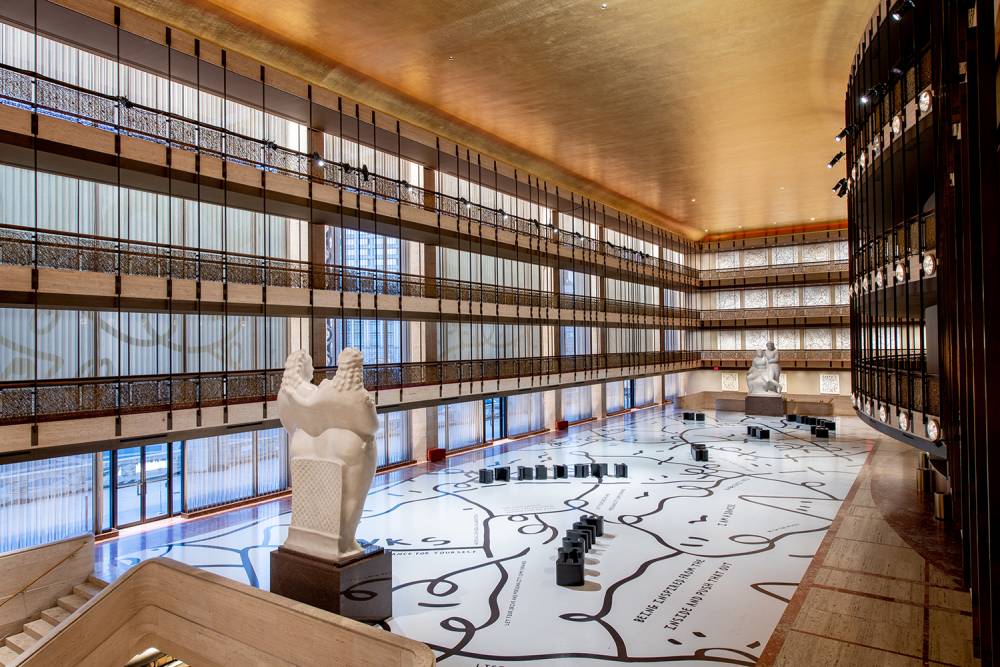
From London to Tokyo and then New York, you’ve experienced very different cultures and societies. Tell us a bit about how the places you lived in have impacted your work and your process.
Shantell
I grew up in London and I think my experiences there really fueled me to actually leave. I then moved to Tokyo which was all about getting lost and really diving into a different culture. My time there really taught me about being patient and committing to the process of creating vs the results. At some point though I felt like I needed another big change and challenge. So I moved to New York City and there’s a pulse and energy here that has definitely given my work a boldness to it that wasn’t there before.
Tell us a bit about the project that is dearest to you? And why?
Shantell
At this point, it’s probably The May Room, my installation on Governors Island. I’ve always wanted to create something that was for the public and really was about quieting your mind and centring yourself while also being inspired by all these positive affirmations and lines.
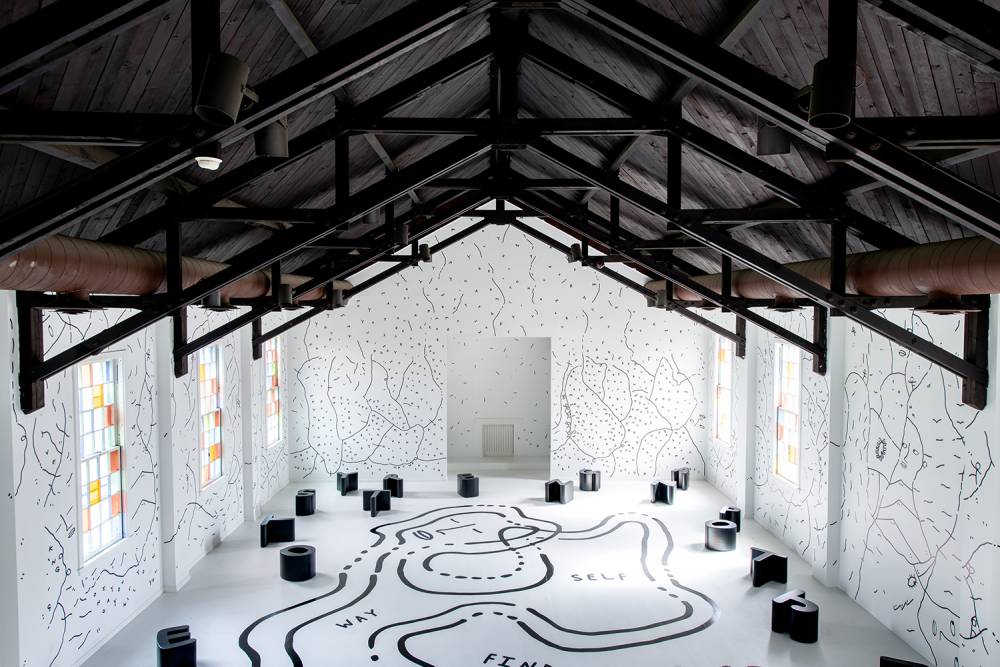
Did you ever doubt this was the right path for you? If so, how did the doubts disappear?
Shantell
I honestly didn’t know that art or being an artist was something that you could do for a living and I’m still constantly surprised and grateful that I get to draw and make art for a living. I don’t think I’ve experienced doubt in the generic sense because I really had no expectations. I just focused on the work and doing things that really mattered and felt true to me.
What has changed for you in particular in recent months? How have the unexpected circumstances affected your practice & how have you chosen to respond creatively?
Shantell
I don’t think anyone could have anticipated how things have changed so drastically over the last few months but I’ve become really grateful for this time and how it’s been an exercise in discipline and learning how to pivot and practice outside of the box.
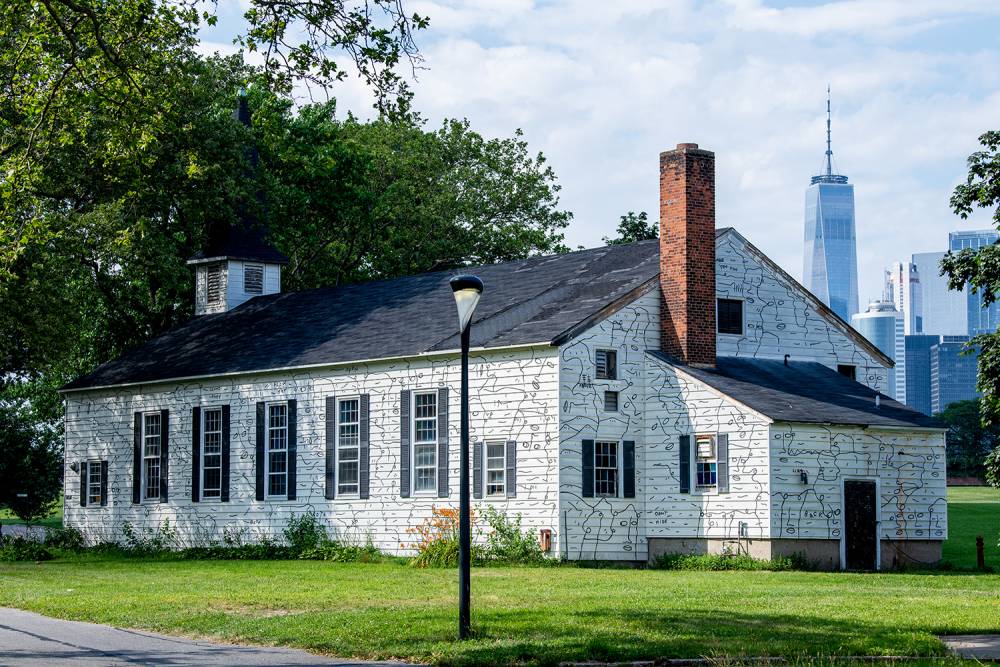
Recent events – the global pandemic and the protests in the US, that have quickly spread around the world – taught us all about the importance of individual responsibility. What do you think this means for artists in terms of their responsibility to amplify this wave of change. How do you think they should be responding to this and how do you plan on doing it?
Shantell
Artists and creatives have always been at the forefront of historical-cultural moments/movements like the one we are in now. I think it’s going to be different for each artist but focusing on what is authentic and what you feel is how you want to contribute is always going to be the most effective and fulfilling way to engage.
Your work has been described as entropic and it does seem so at a first glance. Do you think there’s an intrinsic order in your work that comes from the fluidity of the process, or is it simply presenting us with a lack of order that is not discomforting? How would you describe your work?
Shantell
More than anything, I feel like my work is like a language, so there’s a set of key characters or recognizable forms and words that are consistent with my process… but each piece is spontaneous and more like a conversation. I don’t go into it knowing what the conversation is going to be or with any intention of controlling the outcome. I go into it knowing and trusting that it’s going to become what it’s meant to become and at the end of each drawing or work that I create I always get to enjoy the surprise of it all.
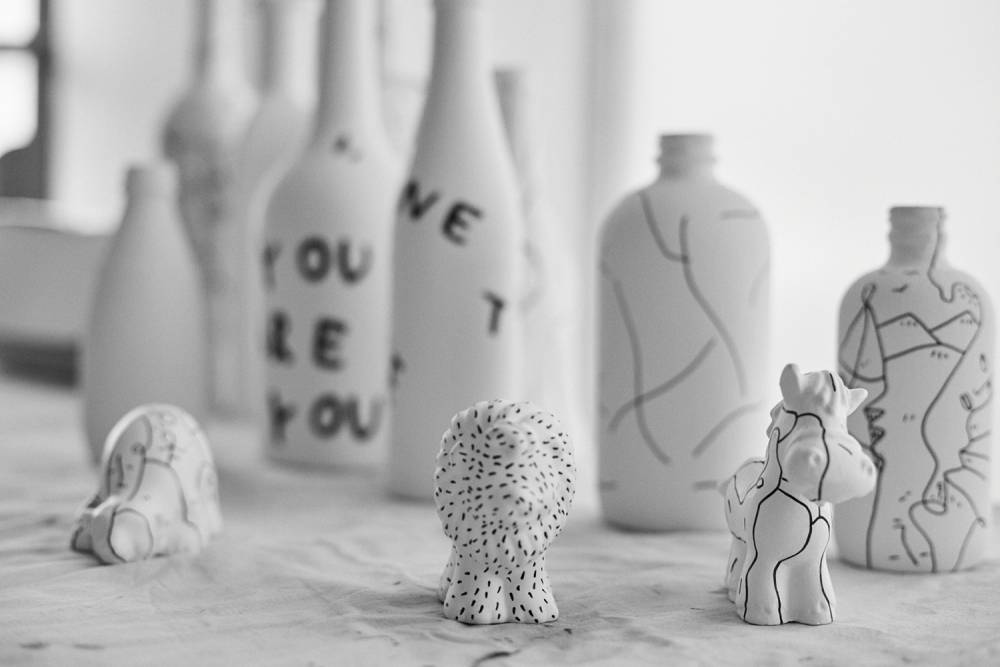
As an artist, to what extent are you the product of the world around you, and to what extent do you shape the world around you?
Shantell
It’s probably a bit of both but I personally always enter a space or experience with the intention to leave it better than when I arrived.
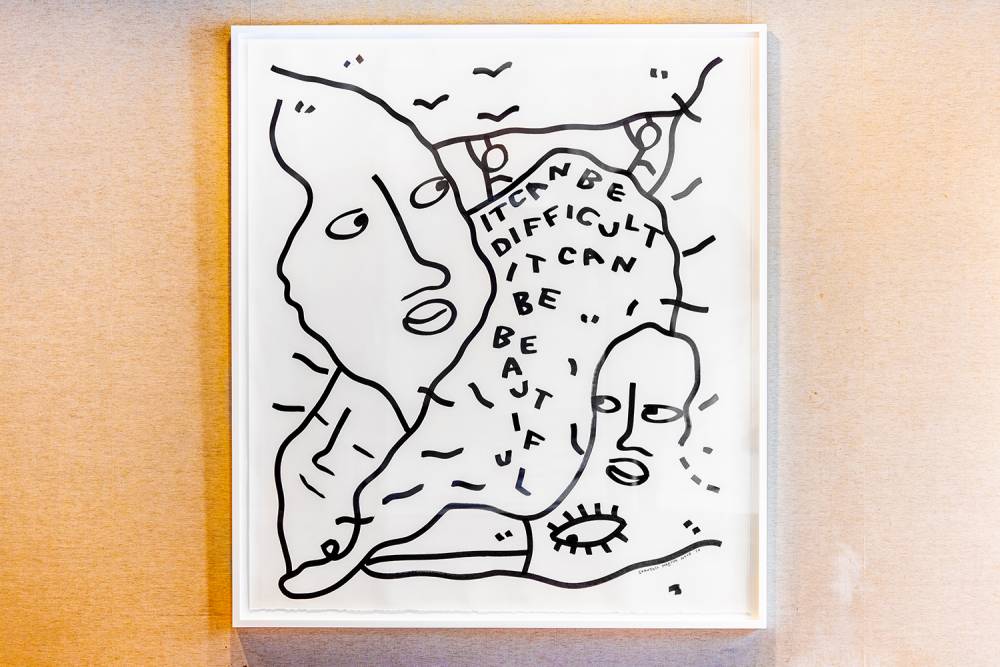
In your case, the process itself has as much artistic value as the end result, the drawing. What impact do you think this has on your audience? Why was it important for you to unveil the process?
Shantell
This is something that I learned from my time in Japan and have diligently tried to maintain and incorporate into my life, not just my artistic practice. It’s a practice in staying present, staying connected, staying inspired. With regards to unveiling the process… a fundamental aspect of my work is bringing in the audience and by doing that, they also become a part of the work.
Your work is as performative as it is visual. Especially when you’re in front of a big canvas, your entire body seems to follow the pen. How do you perceive that process? What does your focus lie on when you draw?
Shantell
My focus is on being present, being truthful, being open and just following the pen, simply put.
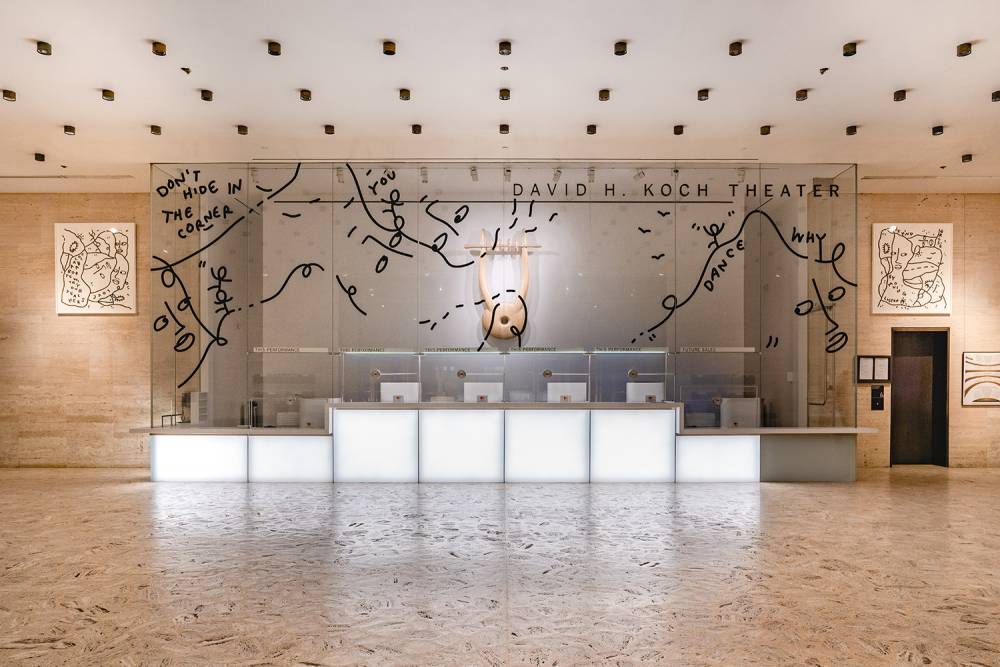
At some point, you said your greatest achievement is: “Being able to imagine a future for myself that the system I grew up in did not care to imagine for me.” A lot of people are struggling with a system in which their background will dictate their future. What has helped you imagine that future and what would you tell aspiring artists that find themselves in that situation right now?
Shantell
People may have heard me say… If life does not give you a door, climb out of a window. The paths set up for many of us are blocked, erased, and lead to dead ends. We have to find new ways of doing what we do, new ways of creating and inventing. It feels like many people are in a rush these days, but it takes time to plant the seeds to success. A more practical answer to that would be to work hard, be present, eat well, drink well, become and stay focused.
Artists we should be following right now. Must-read books/blogs/podcasts and why they are a must?
Shantell
I’ve just been given a copy of the book Dark Emu while in Australia this year which I’ve just begun.
If you search #SaturdayArtistShowcase you’ll find a bunch of artists that I admire.
Podcasts: Design Matters by Debbie Millman, Planet Money, and To The Best of Our Knowledge
What’s on the cards in the next 12 months? Have your plans changed since the lockdown and following the protests in the US?
Shantell
Everything is up in the air, but still really focusing on sharing my recently published book Lines and my TED Talk “How Drawing Can Set You Free” which due to quarantine and the current state of things, I ended up having to shoot in my home on an iPhone but I’m still really proud of it!
Find out more about Shantell Martin and her work on her website.
Title Image by © Roy Rochlin